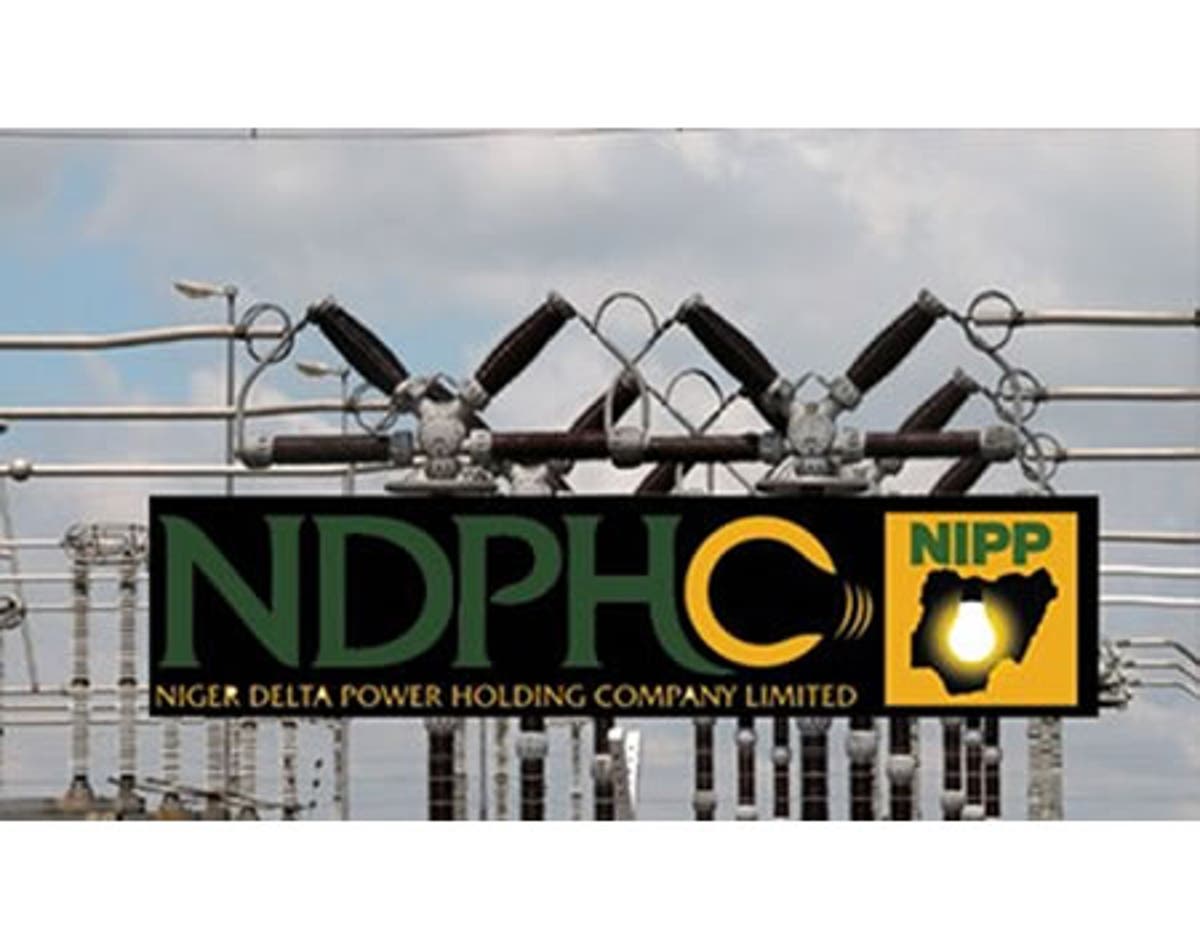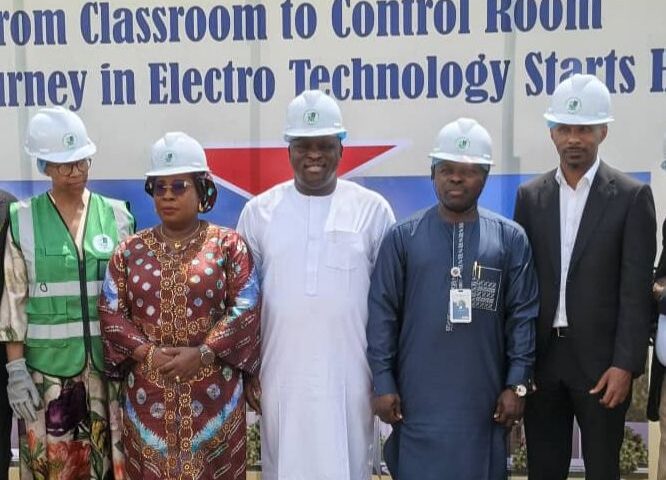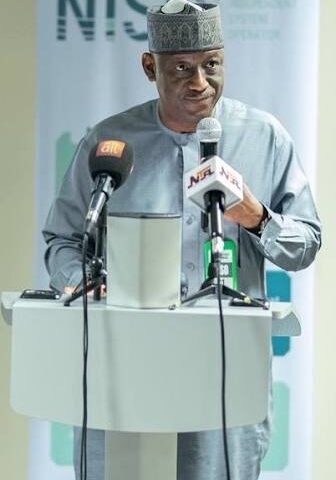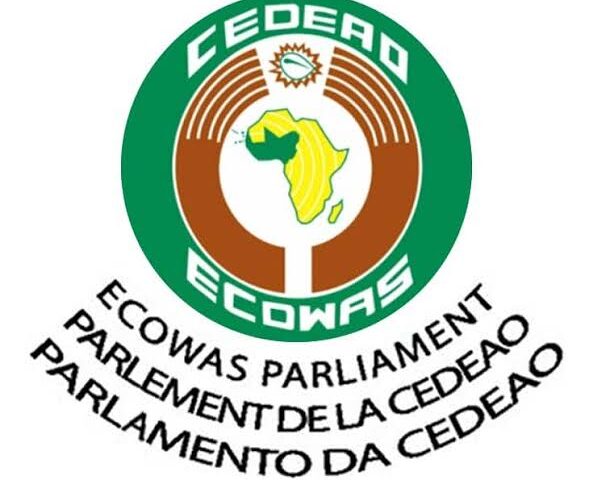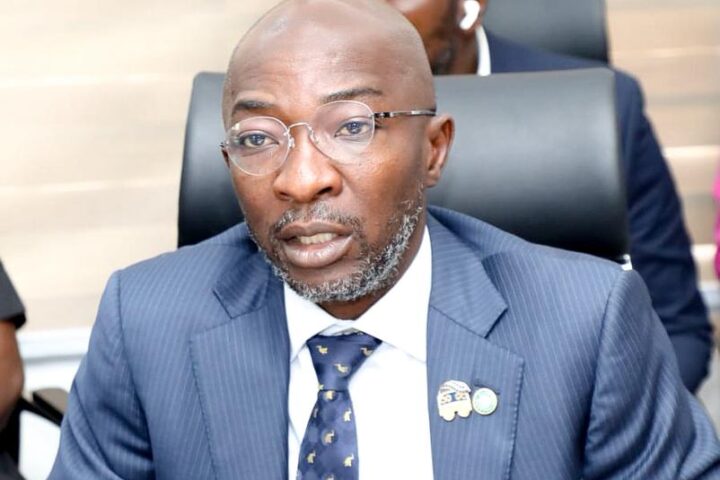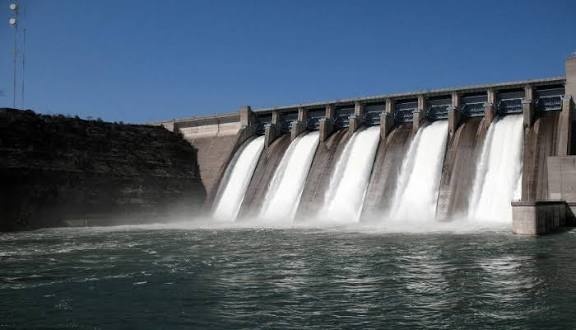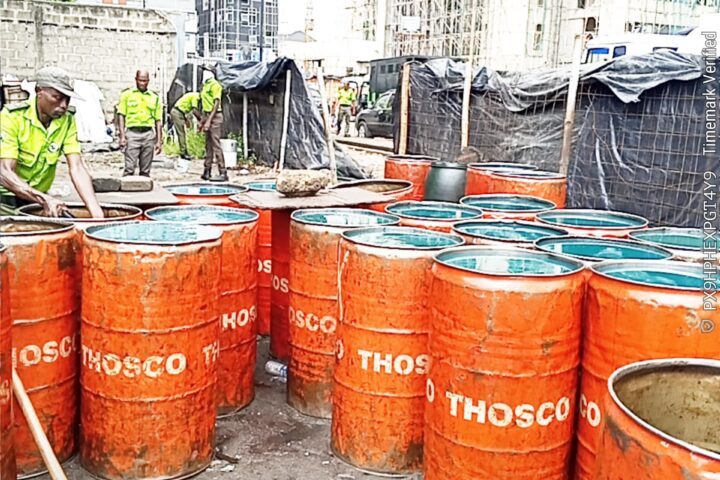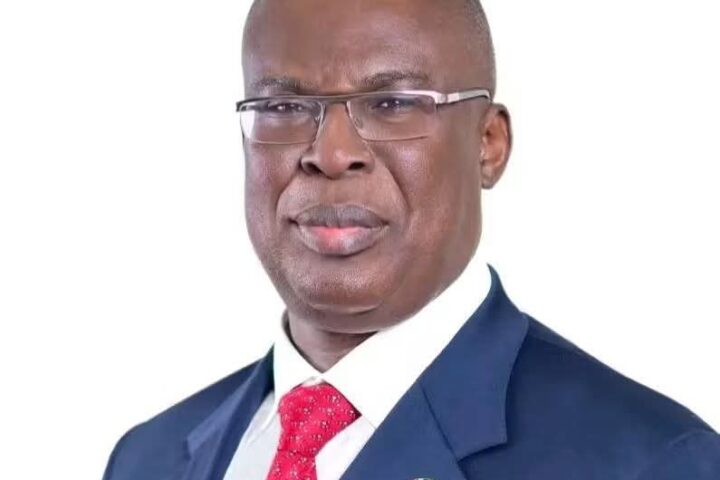
The Niger Delta Power Holding Company (NDPHC), a key intervention agency in the power sector, contributes over 3,400 megawatts (MW) to the national grid and has delivered 22 substations since 2015, according to a new report
Through six National Integrated Power Projects (NIPP) thermal power plants and scores of power substations, the company is part of the success story of the power grid currently at about 7,600MW energy delivery capacity in the country,the report also said.
The NIPP project report from 2015 to 2021 indicated that the NIPP programme is currently in its second phase that traverses transmission projects, distribution and renewable energy.
In the first phase, NDPHC which is owned by the three tiers of government commenced the first phase of NIPP with the construction of 10 gas-fired power plants which it calls “The Big Ten” especially in the Niger Delta.
According to the report,these projects have been essential to fast-tracking the development of the Nigerian power sector, tackling major problems, and meeting the NDPHC’s mandate of lighting the nation. From 2015 to 2021, several projects have been completed or ongoing with lots of progress recorded.
It stated that six NIPP power plants can now generate 3,400MW electricity for the national grid while the four other plants are still under construction even as some of their turbines operate partially.
NDPHC also said from 2015 to 2019, it completed 2194 kilometres of 330 kilovolt (kV) and 887km 132kV transmission lines respectively. Also, the country now has 10 new 330/132kV Substations and eight 132/33kV substations connected to the national grid. These have added 5590MVA/330kV and 3493MVA/132kV capacity levels, respectively.
From June 2019 to January 2021, NDPHC’s transmission Department completed four new substations, boosting the national grid’s capacity further by 180MVA (Awka and Nkalagu Substations). While the Ihiala and Orlu GIS substations have been completed with a total of 120MVA capacity, the NDPHC has to wait for other associated projects to be completed, before the substations can be connected to the national grid. In terms of transmission, the NDPHC has made commendable progress, with all projects at an average of 80% completion.
Analysis of the report shows that the benefits of these projects are enormous as it has upscaled the nation’s reduction of Aggregate of Technical, Collection and Commercial Losses (ATC& C losses), Improved on Health, Safety and Environment (HSE) while incorporating safety valves and different layers of systems protective devices.
The other benefits are better cost recovery systems and Returns on Investment (RoI), inclusive growth and multi-sectoral Multiplier effects with positive impacts on the broad spectrum of a nation’s economy.
For renewable energy, the report said in order to key into the global drive of climate change and energy transition.The agency has also diversified its portfolio to include renewable energy to enhance its generation capacity.
The renewable energy department was recently created to facilitate NDPHC’s venture into power generation using on-grid and off-grid renewable energy sources to provide efficient, clean, affordable and universal access to electricity for more Nigerians, and meet the vision of renewables making 30% of the national energy mix by 2030 (Vision 30-30-30).
To this end, several projects have already been completed as at February 2021 and more of such projects are ongoing or upcoming as part of the Economic Sustainability Plan, Economic Growth Recovery Strategies and Re-Industrialization Agenda of the present administration.
In the gas sector, NIPP has a department dedicated to Fuel & Gas/ Public Private Partnership (PPP) to manage all the gas pipeline projects of the company for its 10 power plants.
For electricity distribution, NIPP has completed over 360 injection substations with a combined capacity of about 3,540MW. It has also built about 2,600km of 11kV power distribution lines and 4600km of 33kV distribution lines which directly supply electricity to transformers in residential areas.
There have also been 296 Appropriated Distribution Projects which included injection substations,
1,924km of 33kV lines,
4600km of 11kV line, and other infrastructure.
According to the Managing Director of NDPHC, Mr Chiedu Ugbo, the company has also increased its distribution capacity with the installation of 25,900 Completely Self-Protected (CSP) transformers across the country.
He also said the company has done over 1000 intervention projects nationwide that include fixing vandalized or damaged power infrastructure while increasing the coverage area of power facilities.
The company said although there is progress in project delivery, there are challenges affecting some of these projects in the electricity market.
The major one is the theft of equipment and infrastructure, vandalism, lack of cooperation from Distribution Companies (DisCos).
Others are community issues regarding land and Right of Way (ROIs), vehicular accidents that have damaged some power infrastructure and the rising insecurity across facility areas,” it stated .
Speaking on the report, a power sector advocate and President, Nigeria Consumer Protection Network (NCPN), Kunle Kola Olubiyo,
“In spite of all the tremendous milestone achievements by NIPP/NDPHC, there are major areas of impediments on the full realization of the lofty ideals of NIPP as championed by the management of NDPHC.”
Mr Olubiyo said some of these challenges include the delay in taking over projects by the DisCos’ in order to evade the burden of Capital Expenditure (CAPEX).
He also said the delay in eligible customers implementation should be cleared so that more heavy power users can benefit from the new NIPP assets.
Another challenge for the NDPHC is funding which, according to him, should be raised by the equity stakeholders (federal, state and local governments) for more power sector projects.
Mr Olubiyo said: “As a part of the low hanging fruits and quick fixed solutions, there should be an upward review of NIPP GenCos’ tariff to bring it at par with other thermal plants in the country. At the moment, NIPP tariff is currently N20 per Kilowatts Hour (KWH) while other non-NIPP/NDPHC thermal GenCos’ tariff is N27KWH.”
He also advocated the need for the Nigerian Electricity Regulatory Commission (NERC) to fast track the valuation of NIPPs investment in transmission, distribution and gas infrastructure. That will enable NIPP/ NDPHC to recover over $3.5 billion investments in the power sector.
“The recovered sum will be reinvested in the power sector and that will again improve or close the infrastructural gap,” he noted.
Olubiyo who was a member of the National Technical Investigative Panel on Power Systems Collapses , Grid Stability And Reliability in June 2013, and a member, Presidential Adhoc Committee on Review of Electricity Tariff in Nigeria in August 2020, also said: “While NERC is working on the valuations, some amounts could be set aside from TCN as payments on account on the revenue derivable by TCN from investments by NDPHC/NIPP. This modality for cost recovery by NDPHC in the interim should be worked out as on – account payment or deposit on account pending conclusion of the valuation.”
He also said the same modality for the NIPP transmission assets applies to the DisCos. “While NERC is working on the valuations, some amount could be set aside from each of the revenue / collections of the DisCos as payments on account as a way of re- couping the huge investment made by the NIPP at the downstream/distribution infrastructure. This can also be on – account payment or deposit on account pending conclusion of the evaluation,” he said.


